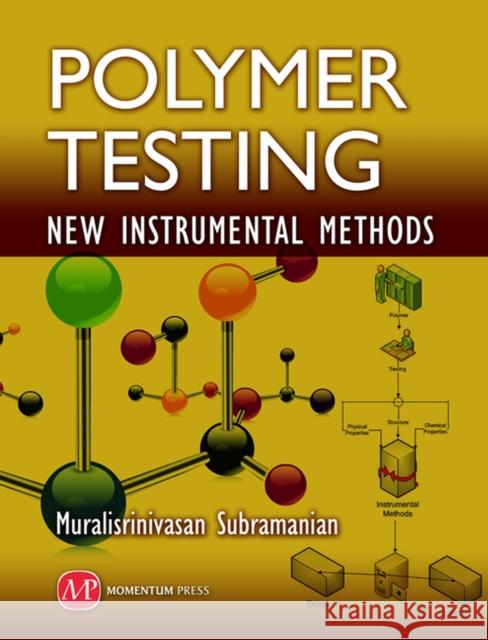Polymer Testing: New Instrumental Methods » książka
Polymer Testing: New Instrumental Methods
ISBN-13: 9781606502426 / Angielski / Twarda / 2012 / 220 str.
Polymer research has been giving greater attention to the importance of the interdependence of applications and the behavior of polymeric materials. The complexities call for a self-contained reference work for students, polymer scientists, industrialists, chemists, and polymer technologists. This book is aimed at answering that call. It presents concepts at the intersections of polymer structure, polymer characterization, and new instrumental methodologies for assessing the characteristics of polymers. Various application requirements are covered, with recommendations for the types of instruments best suited for different testing circumstances. It overviews recent work in instrumental methods along with some of the significant advances in polymer characterization. References to key theoretical papers are provided. Possible trends and future developments in quantitative and qualitative analysis are also discussed. This book will encourage scientists and engineers in the polymers field to consider using the new approaches to testing, which can save time and effort in evaluating polymer samples. Students and professionals alike in the polymer processing industries will find this book to be a valuable resource--even a supplement to standard texts in polymer science and engineering.
Polymer research has been giving greater attention to the importance of the interdependence of applications and the behavior of polymeric materials. The complexities call for a self-contained reference work for students, polymer scientists, industrialists, chemists, and polymer technologists. This book is aimed at answering that call. It presents concepts at the intersections of polymer structure, polymer characterization, and new instrumental methodologies for assessing the characteristics of polymers. Various application requirements are covered, with recommendations for the types of instruments best suited for different testing circumstances. It overviews recent work in instrumental methods along with some of the significant advances in polymer characterization. References to key theoretical papers are provided. Possible trends and future developments in quantitative and qualitative analysis are also discussed. This book will encourage scientists and engineers in the polymers field to consider using the new approaches to testing, which can save time and effort in evaluating polymer samples. Students and professionals alike in the polymer processing industries will find this book to be a valuable resource--even a supplement to standard texts in polymer science and engineering.











